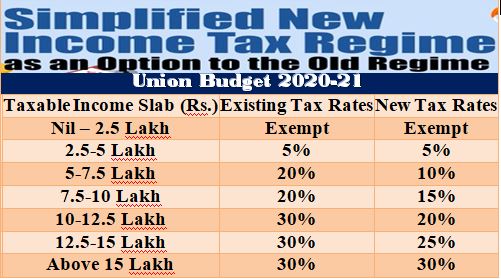Rationalisation of Income Tax Slabs : Those in the higher income brackets contribute more to the Nation’s development.
GOVERNMENT OF INDIA
MINISTRY OF FINANCE
DEPARTMENT OF REVENUE
RAJYA SABHA
UNSTARRED QUESTION NO. 1524
TO BE ANSWERED ON TUESDAY, MARCH 15, 2022/
PHALGUNA 24, 1943 (SAKA)
RATIONALISATION OF INCOME TAX SLABS
1524. SHRI G. C. CHANDRASHEKHAR.
Will the Minister of FINANCE be pleased to state:
(a) whether Government has assessed the impact of the current taxation system in disincentivising people from seeking higher earnings;
(b) if so, the details thereof, and if not, the reasons therefor;
(c) whether Government has taken cognisance of the sharp jump in personal income tax slabs from 5 per cent to 20 per cent slabs, 30 per cent slabs and in some cases, over 40% due to multiple cesses;
(d) whether Government is considering reduction or rationalisation of income tax slabs; and
(e) if so, the details thereof, and if not, the reasons therefor?
ANSWER
MINISTER OF STATE IN THE MINISTRY OF FINANCE (SHRI PANKAJ CHAUDHARY)
(a) and (b) India has progressive direct taxation system wherein an individual or Hindu undivided family (HUF) or an association of person or body of individuals is required to pay tax at a higher rate with an increase in income levels.
II. The progressive tax policy does not intend to disincentivise people from seeking higher earnings but recognizes that taxpayers play a major role in nation building by paying their taxes as per their capacity. With rising income levels, those in the higher income brackets, need to contribute more to the Nation’s development. This ensures vertical equity and makes our taxation regime progressive.
(c), (d) and (e) It is the stated policy of the Government to phase out tax exemptions and deductions provided under the Income-tax Act, 1961 (the Act) while simultaneously reducing the tax rates.
II. In line with this stated policy, Finance Act, 2020 amended the Act by way of insertion of section 115BAC in the Act to provide an option to individual and HUF taxpayers for paying income-tax at the following lower slab rates subject to certain conditions including that that they do not avail specified tax exemptions or deductions:
| Total Income (Rs) |
Rate (%) (Optional Regime) |
| Up to 2,50,000 |
Nil |
| From 2,50,001 to 5,00,000 |
5 |
| From 5,00,001 to 7,50,000 |
10 |
| From 7,50,001 to 10,00,000 |
15 |
| From 10,00,001 to 12,50,000 |
20 |
| From 12,50,001 to 15,00,000 |
25 |
| Above 15,00,000 |
30 |
III. As is evident from the above, under the optional taxation regime for individuals and HUF taxpayers, there is no sharp jump in the tax rates with higher income levels.
IV. . Maximum marginal tax rate of a taxpayer having total income exceeding Rs 5 crore will go over 40% after including surcharge and a health and education cess. As stated above the surcharge in such cases ensures that those in the higher income brackets contribute more to the Nation’s development.
*****
Source: Rajya Sabha PDF

COMMENTS